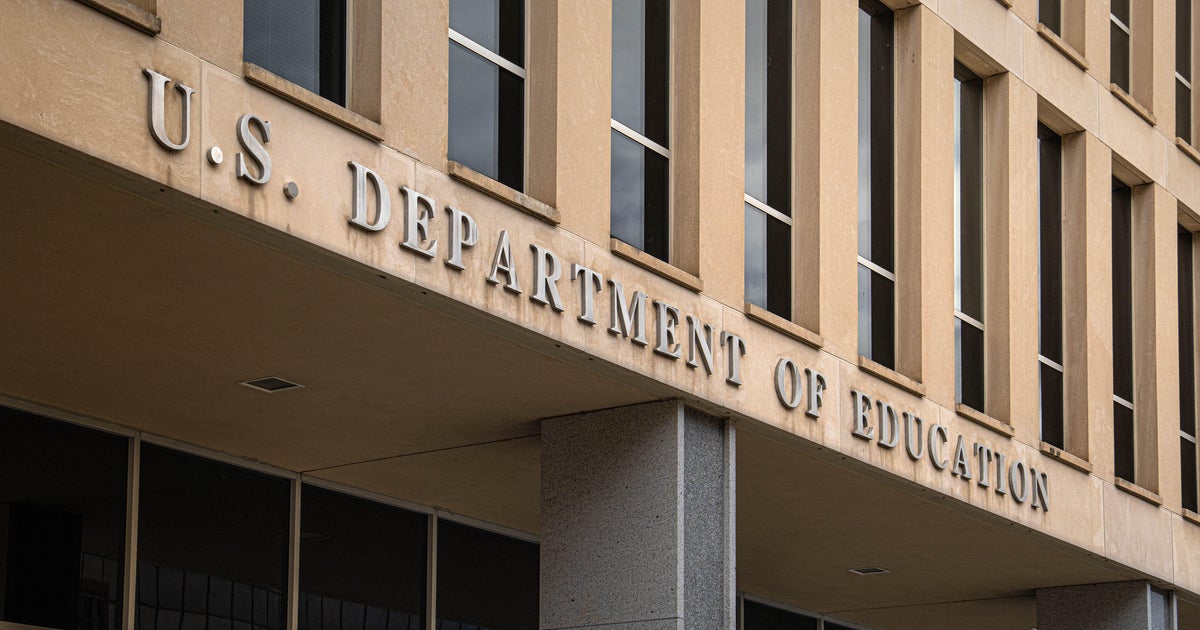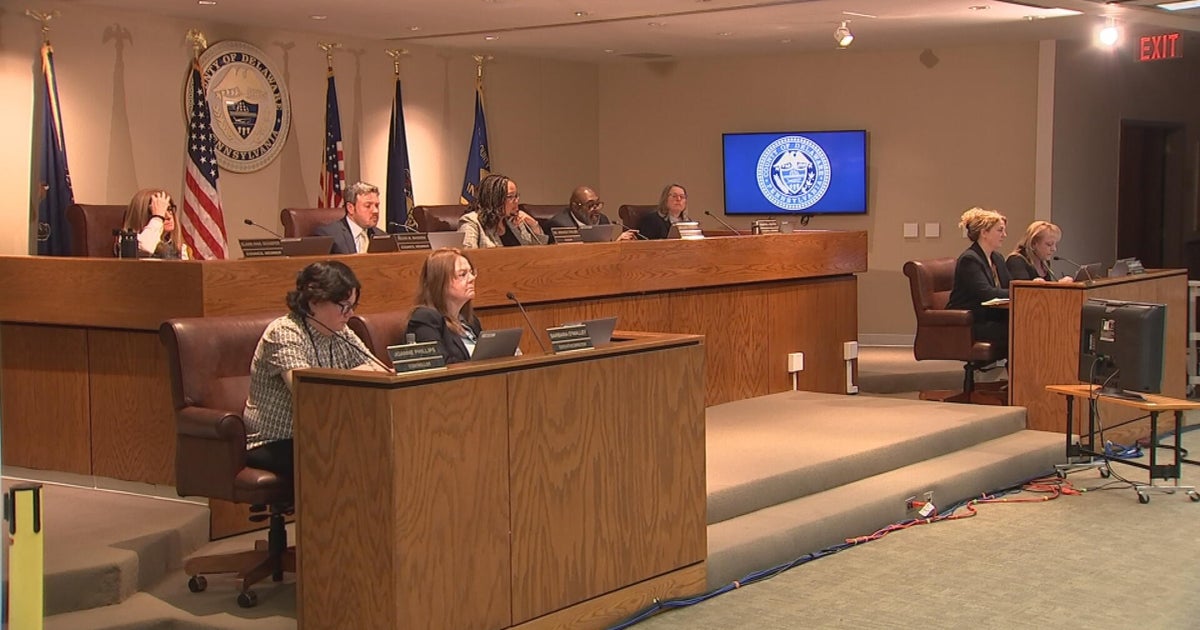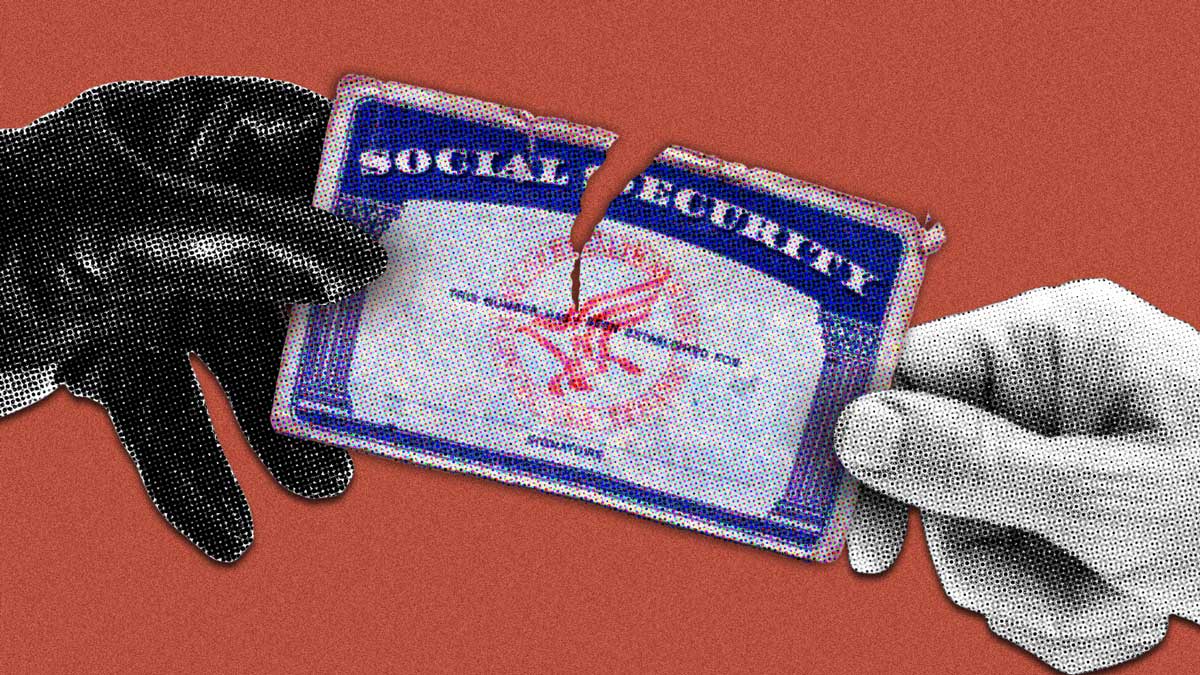Food stamps set for historic boost in October
The 42 million Americans who collect food stamps will receive an average boost of 27% to their benefits beginning on October 1, marking the largest increase in the history of the safety-net program.
The permanent increase was announced in August by the U.S. Department of Agriculture, which administers the Supplemental Nutrition Assistance Program, or SNAP, the official name for food stamps. Despite the hike, most households may only see a "modest" rise in benefits because a temporary 15% boost to SNAP benefits directed by the Biden administration's American Rescue Plan expired on September 30, according to the Center on Budget and Policy Priorities, a liberal think tank.
Still, most households will see an increase in their benefits beginning this month, although the timing will depend on their state's payment schedule.
On average, each person will see their benefits rise by about $36 a month under the revised Thrifty Food Plan, the agency said. A family of four who now qualifies for food stamps could receive a maximum of $835 per month in aid within the continental 48 states, compared with a maximum of $680 for a family of four prior to the boost, according to the USDA.
In August, the Agriculture Department said it had reviewed the so-called Thrifty Food Plan, a budget developed in the 1960s to determine how much people need to spend for a "nutritionally adequate diet for short-term or emergency use," and sided with critics who said it failed to reflect people's nutritional needs and food-prep time.
For instance, the Thrifty Food Plan had assumed food-stamp recipients have about two hours a day to spend on food preparation. Real households receiving SNAP benefits spend an average of less than one hour a day preparing meals, the CBPP has found.
"You cannot convince me that people are spending an hour and half every day to prepare food from scratch," USDA Secretary Tom Vilsack said when the food-stamp hike was announced this summer.
Under the previous Thrifty Food Plan, an adult man was expected to be able to afford nutritious diet on $45.60 per week, although that diet would include almost two pounds of beans and about half a pound of beef per week.
When food-stamp benefits will rise
Some recipients may not see the increase until November 1, although that depends on their state's distribution method for the SNAP program. For instance, Vermont distributes SNAP benefits on the first of each month, which means recipients in that state won't see an increase until November 1.
But other states send payments in batches throughout the month, such as Wisconsin, which bases payment on the last digit in a recipient's Social Security number. For people whose numbers end in 0, for instance, benefits arrive on the 2nd day of each month. For those with 9 as their last digit, the aid is deposited on the 15th of the month. (See here to learn more about each state's distribution method.)
The increase will help the 1 in 8 Americans who are now on food stamps afford a healthier diet, given rising food prices and changing nutritional guidelines over the years, Vilsack said in August.
Despite three rounds of federal relief checks, enhanced unemployment aid and other stimulus efforts, millions of people in the U.S. continue to struggle with hunger. About 1 in 10 households experienced food insecurity last year, a rate that was unchanged compared with 2019. Without the increase in stimulus and other aid, it's likely that hunger would have risen during the pandemic, anti-hunger advocates say.





